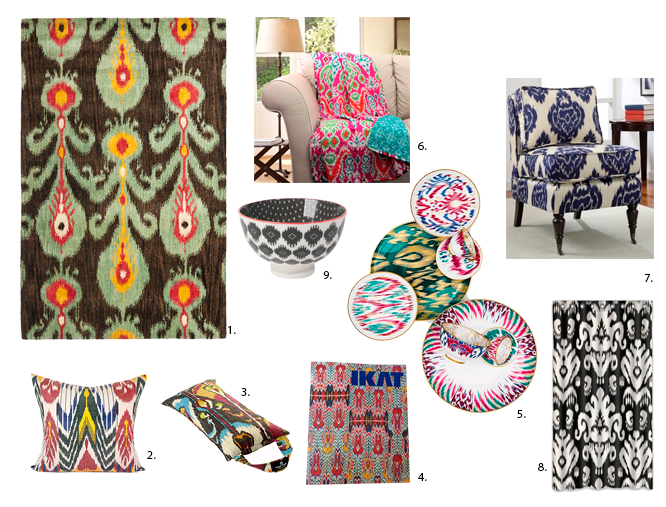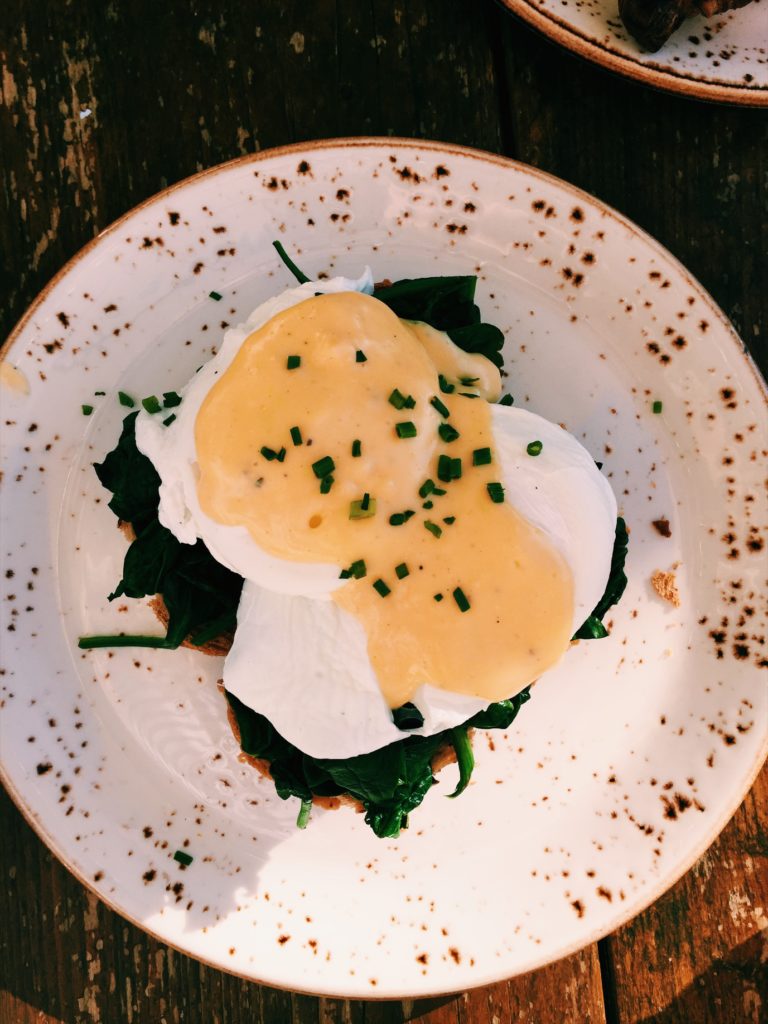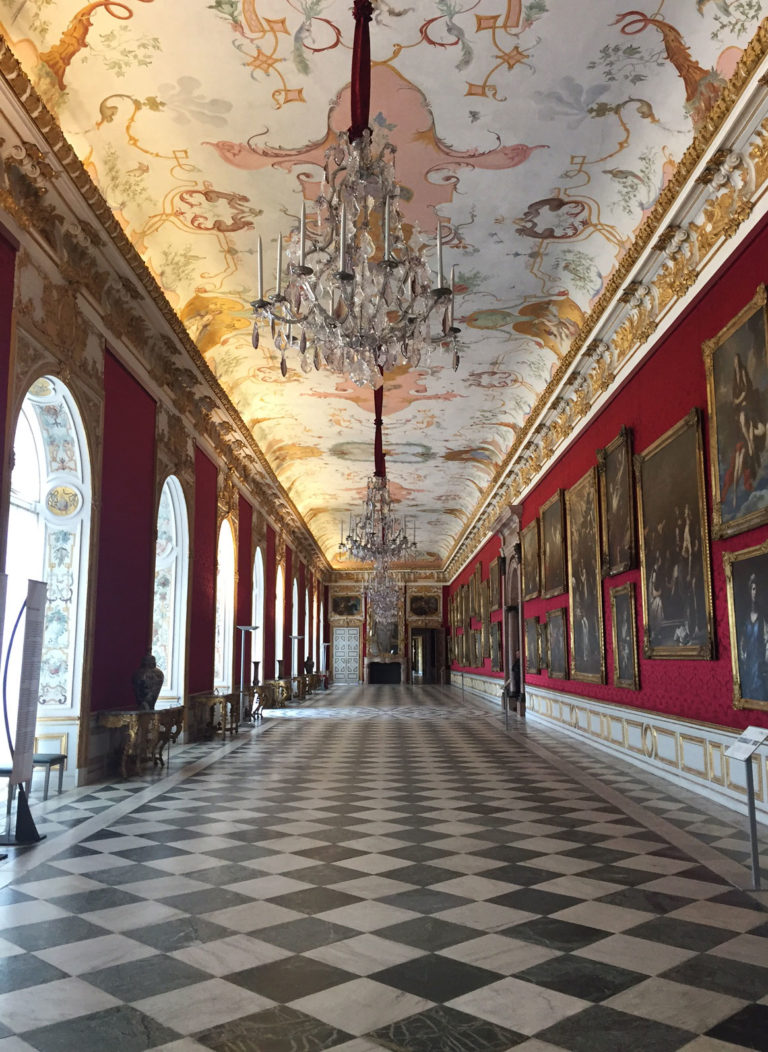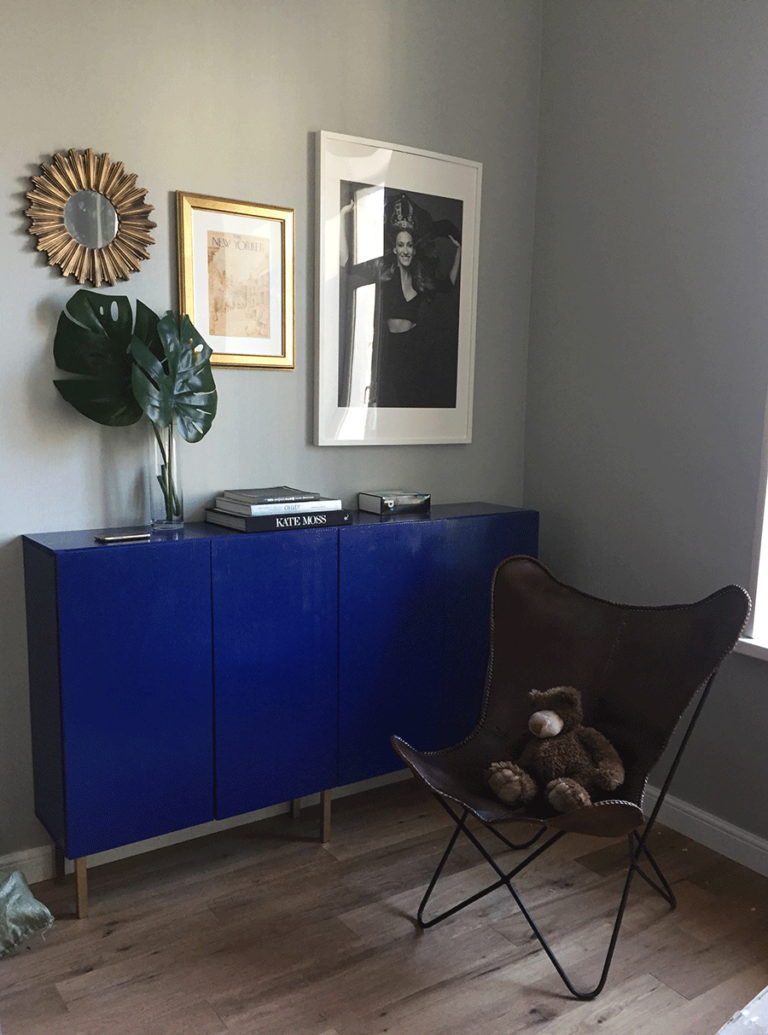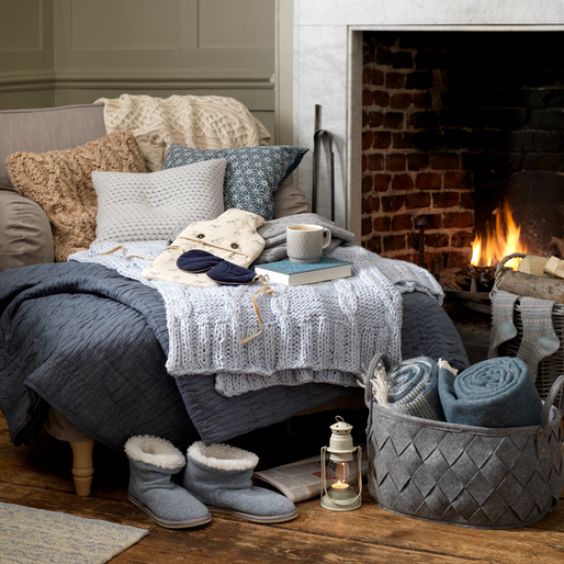Uzbek Ikat: the History, Tradition and Technique
In today’s article I wanted to talk a little bit about Ikats – beautiful textiles traditionally made in Asia, Japan, China and India. There is no historical data, where exactly this technique was invented: some scientists claim that it was India, while others say that it was China.
The word “ikat” or “ikkat” has the malaysian-indonesian roots and means “to tie”. This explains the technique of producing these beautiful textiles: before the yarns are dyed, they are tied into knots, which creates very intricate and unique patterns.
In the 18-19th century Ikats from Uzbekistan became famous and popular worldwide.
The production of Ikats can be divided into two main steps. The first and the very important step is cultivation of silkworms and getting silk out of their cocoons. The second step is textile producing and dyeing. The technology of making natural silk fabric appeared 1000 years BC and since then almost didn’t change. The silkworm moth lives only 40 days, during that period she grows into worm which is 7-8 cm long and almost 1 cm thick. Taking care of silkworms is a very difficult and troublesome work. They can get sick very easily, react to temperature changes, drafts, smells, sounds – all these factors affect the quality of produced silk as well.
The silk thread is in fact the liquid produced by glands of silkworm, which becomes firm in contact with the air. After cocoon is made, the silk makers kill the caterpillar by heat. The cocoons are then placed into boiling water in order to clean it from sericin that holds the silk fibers together. The cocoons are then unwound to produce a continuous thread.
The length of a thread is usually between 350 to 1000 meters. 18 kg of cocoons are required for producing 1 kg of silk.
The threads are then washed to get rid of dirt and remains of sericin, bleached and prepared for dyeing process.
In the beginning the treads are attached to the warp and the artist draws the pattern with the special stick.
Then following the marks, the masters tie the bunches of threads with thick cotton ropes. The threads are then dyed colour by colour: first in yellow, then in red, after in blue, etc. In the old days blue colour was obtained using natural indigo.
The more colors the yarn has, the higher is the skill of everyone who took part in this labor-intensive process.
Ikat patterns look elegant and exotic: they will add coziness and chic to any space. Here are some beautiful examples:
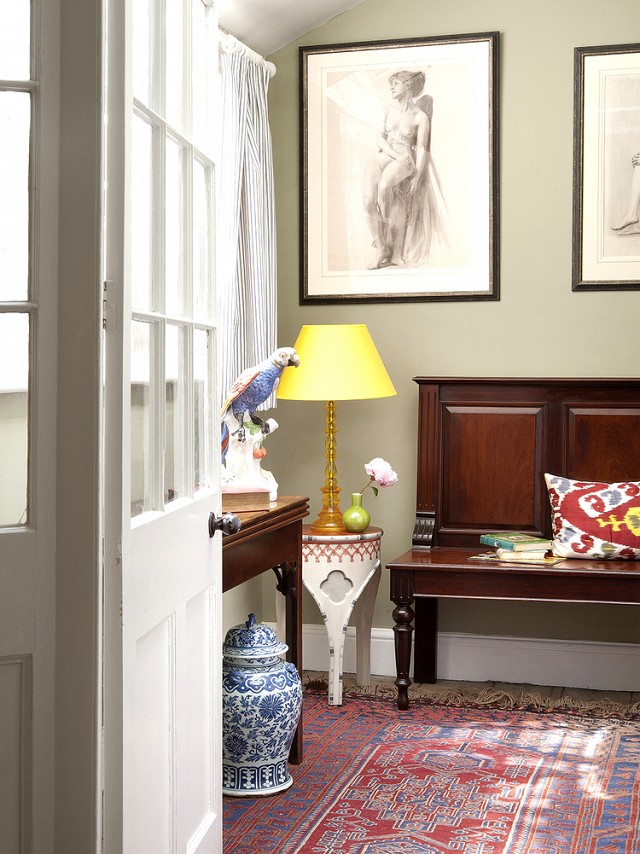
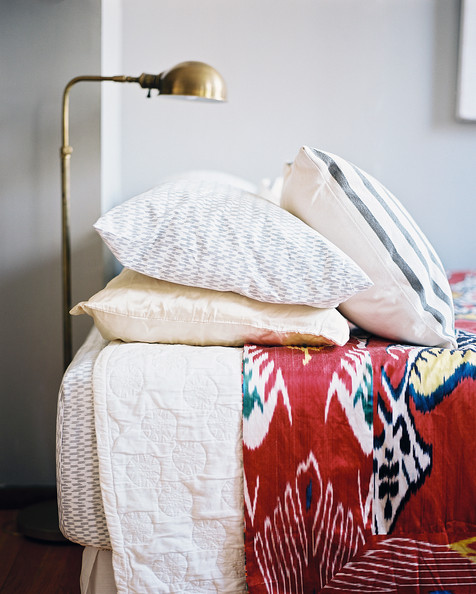
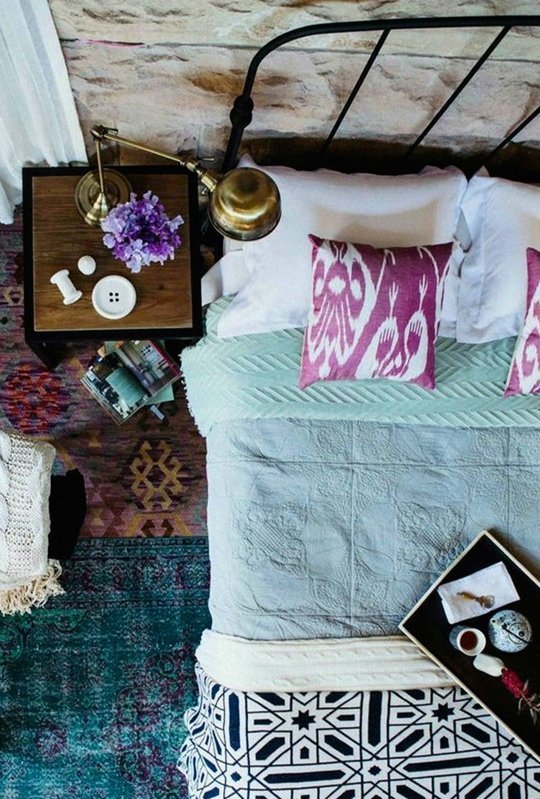
GET THE LOOK:
1. Safavieh Area Rug
2. Ikat Pillow
3. Yoga Meditation Pillow
4. Ikat : Splendid Silks of Central Asia book
5. Hermes dinnerware : Voyage en Ikat
6. Jaipur Ikat Throw Blanket
7. Ikat Accent Chair
8. Shower Curtain

